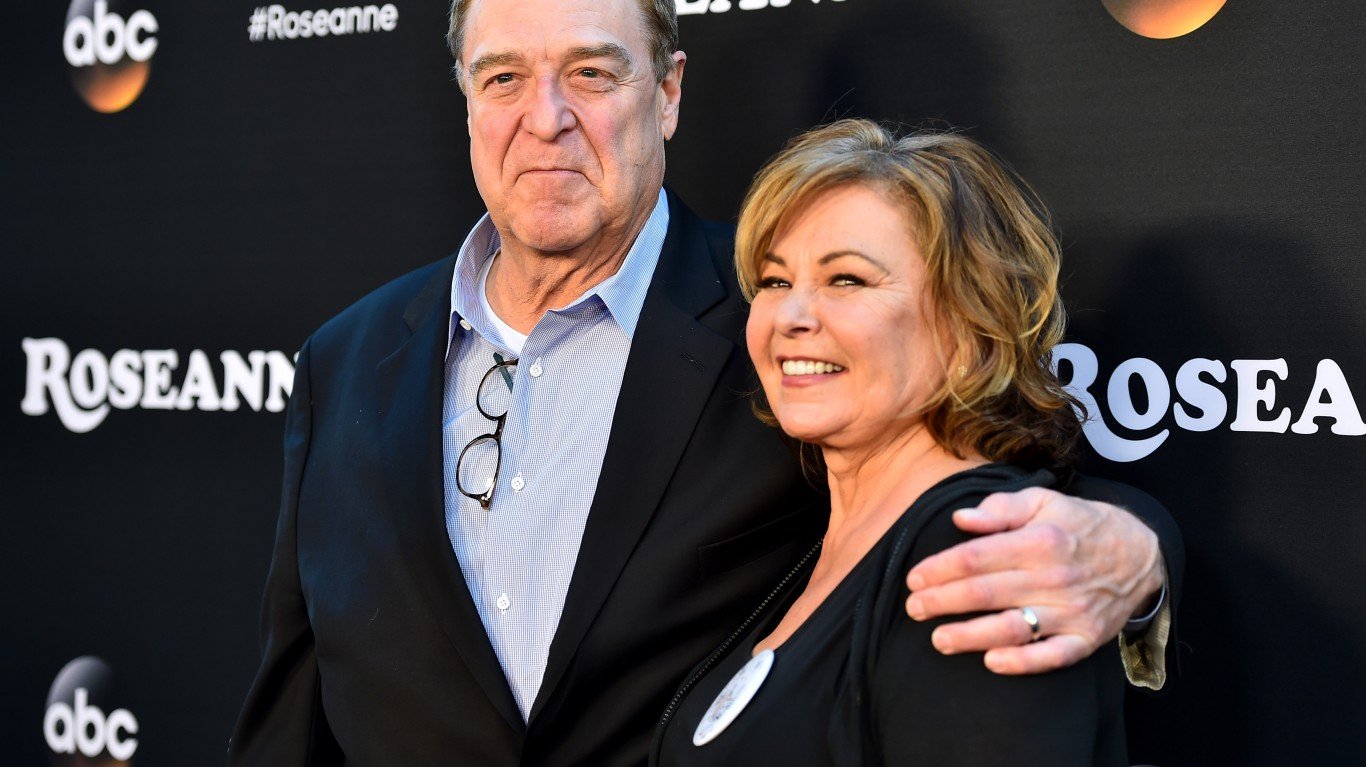
The first sentence of a proposal released Wednesday by Federal Communications Commission (FCC) Chairman Tom Wheeler surely sent shivers up and down the spines of cable and satellite operators, “Ninety-nine percent of pay-TV subscribers are chained to their set-top boxes because cable and satellite operators have locked up the market.” Uh-oh.
Cable and satellite operators are known as multichannel video programming distributors (MVPDs) in telecommunications lingo. The usual suspects include Comcast Corp. (NASDAQ: CMCSA), Time Warner Cable Inc. (NYSE: TWC) and Dish Network Corp. (NASDAQ: DISH), as well as telcos Verizon and AT&T that offer high-speed broadband service.
It probably goes without saying that the pay-TV providers are not on board with Wheeler’s push to open up the services provided to consumers through the operator-owned and managed set-top boxes we have all become familiar with over the decades. Wheeler wants an open interface on the set-top box that provides service discovery, information about what consumers can do with the content, and content delivery.
That means that streaming video content would be listed, and very likely be available, right alongside traditional pay-TV programming. Consumers would like this, and so would streaming video providers like Apple Inc. (NASDAQ: AAPL) and Alphabet Inc. (NASDAQ: GOOGL). A report at nScreenMedia lays it out simply:
The FCC open pay-TV initiative, if enacted, will open the floodgates to radical change in the delivery of television services. For example, a [consumer electronics] vendor like Apple would have the information and the access necessary to deliver on their promise of “reinventing the television experience” from a device like Apple TV. And because the access mechanism is open and standard, the company can deliver a single box nationally that would work with all cable companies.
So, consumers could pay once for Apple or Google TV instead of getting nicked every month for an MVPD rental fee. It’s no surprise that the pay-TV operates are fighting this tooth and nail. Here’s Wheeler’s take:
Lack of competition has meant few choices and high prices for consumers — on average, $231 in rental fees annually for the average American household. Altogether, U.S. consumers spend $20 billion a year to lease these devices. Since 1994, according to a recent analysis, the cost of cable set-top boxes has risen 185 percent while the cost of computers, televisions and mobile phones has dropped by 90 percent.
Wheeler circulated the notice of proposed rulemaking in advance of a vote of the FCC currently scheduled for February 18th. Three of five commissioners’ votes are required for passage. Wheeler’s proposal is available here.
Take This Retirement Quiz To Get Matched With A Financial Advisor (Sponsored)
Take the quiz below to get matched with a financial advisor today.
Each advisor has been vetted by SmartAsset and is held to a fiduciary standard to act in your best interests.
Here’s how it works:
1. Answer SmartAsset advisor match quiz
2. Review your pre-screened matches at your leisure. Check out the
advisors’ profiles.
3. Speak with advisors at no cost to you. Have an introductory call on the phone or introduction in person and choose whom to work with in the future
Take the retirement quiz right here.
Thank you for reading! Have some feedback for us?
Contact the 24/7 Wall St. editorial team.



